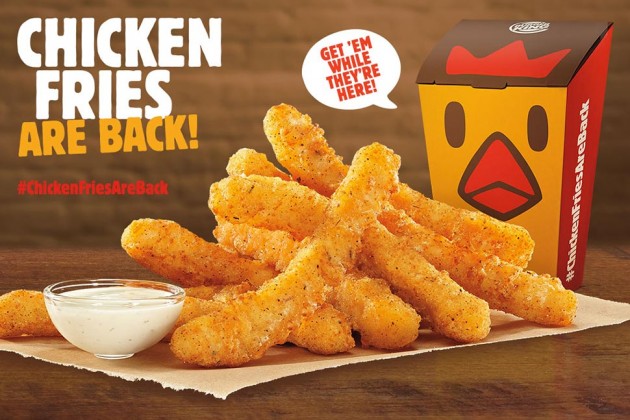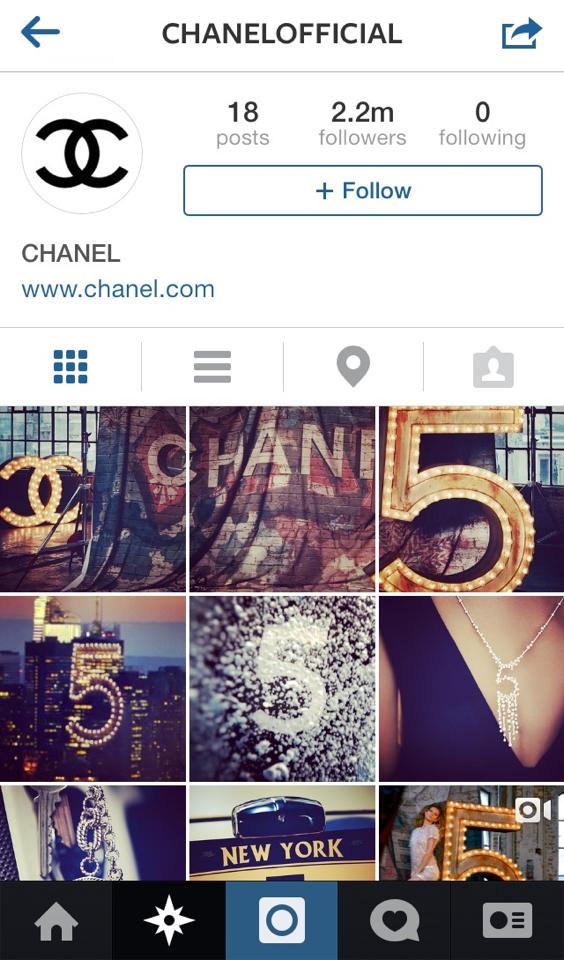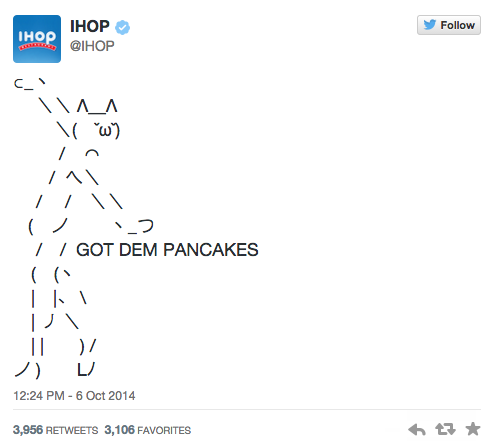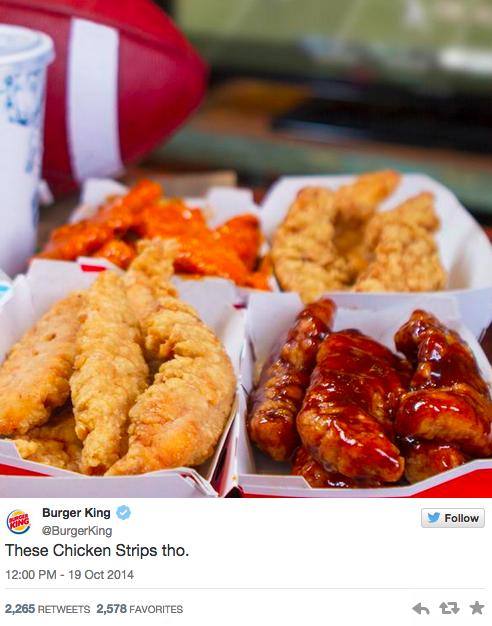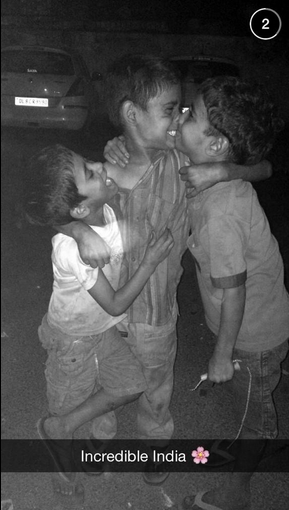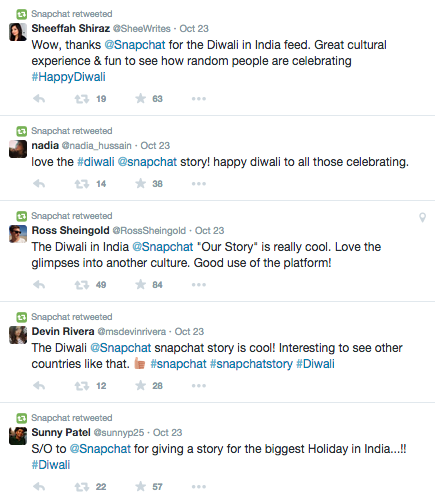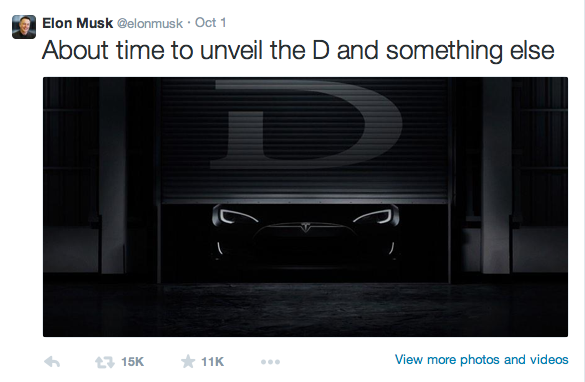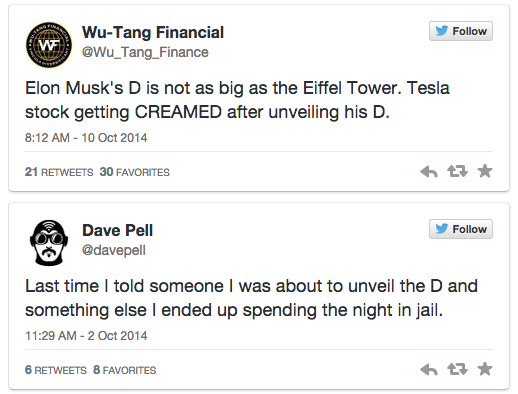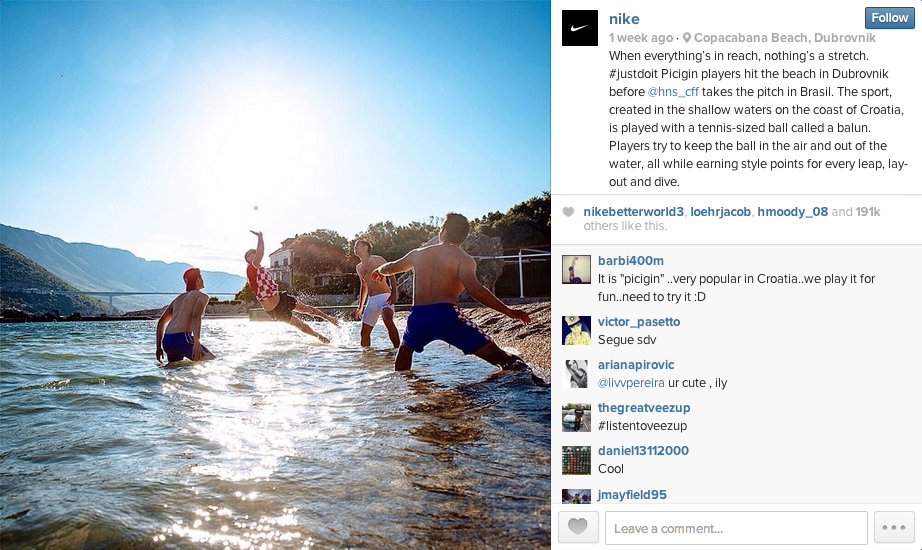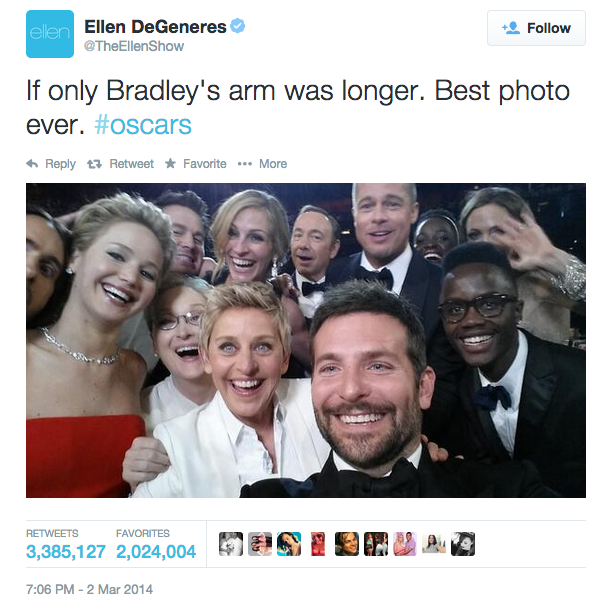Entrance fee? Check.
Dressed to the nines? Check.
Business cards? Check.
Up-to-date LinkedIn profile? Check.
When you’re attending a conference, you’re bound to have the above items checked off. However, have you considered being active on social media during a conference? Not only can actively engaging online in real time help you with your personal branding, but it can also assist you in expanding your network to a more like-minded audience.
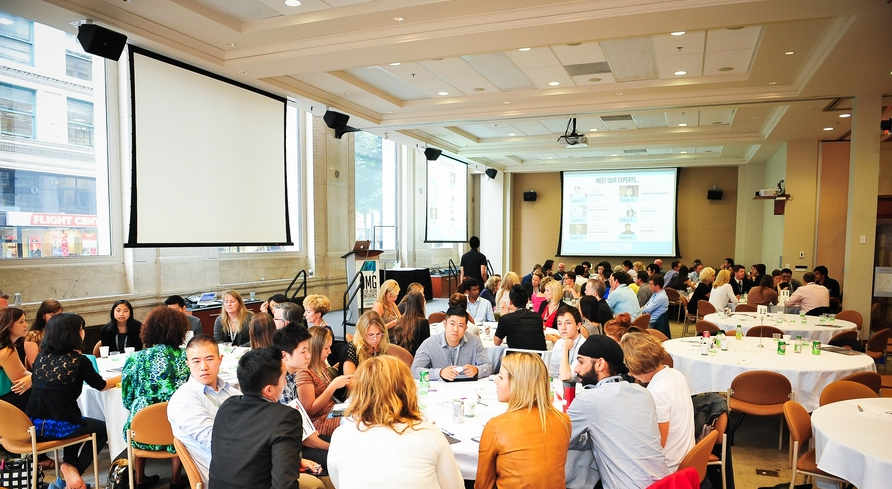
Here are some tips to help you rock Twitter or Instagram while you attend your next event:
1. Be nice! Conference tweets are usually filled with words of encouragement, inspiration, and positive vibes. Share your thoughts or opinions on what’s happening around you, keeping the good energy going. Not only will the person you tweeted to probably read what you said, but by utilizing the conference hashtag, organizers and other attendees might see it and comment as well!
2. Get the hashtag right. There’s nothing more awkward than realizing you were using the wrong hashtag all along. Conference hashtags are a convenient way to find all conference-related things in one place.
3. Don’t be afraid to reach out to others who are covering the event on social media. Remember, social media is social for a reason. This is where the conference hashtag will be your best friend—click on it and comment, favourite, and retweet. I challenge you to take online conversation offline. Who knows, maybe that person will become your new BFF (and potentially a professional contact as well).
4. Don’t overdo it. It’s easy to get carried away by tweeting or Instagramming everything taking place at the conference. You’re there to network and listen to great panelists—find that happy medium so what you’re posting is valuable, but not so it takes away from your overall attention to the speakers.
5. Have fun on social media. Not everything you post has to be serious—feel free to showcase other sides of the conference too. Did you get a sweet swag bag? Take a picture and tweet it out to the organizers—show them that you’re appreciative for the free stuff! (Who doesn’t like free stuff, right?).
When you attend a conference next time, make your presence known—not only offline, but online as well. It can make a world of a difference in how you are perceived by the people around you.
